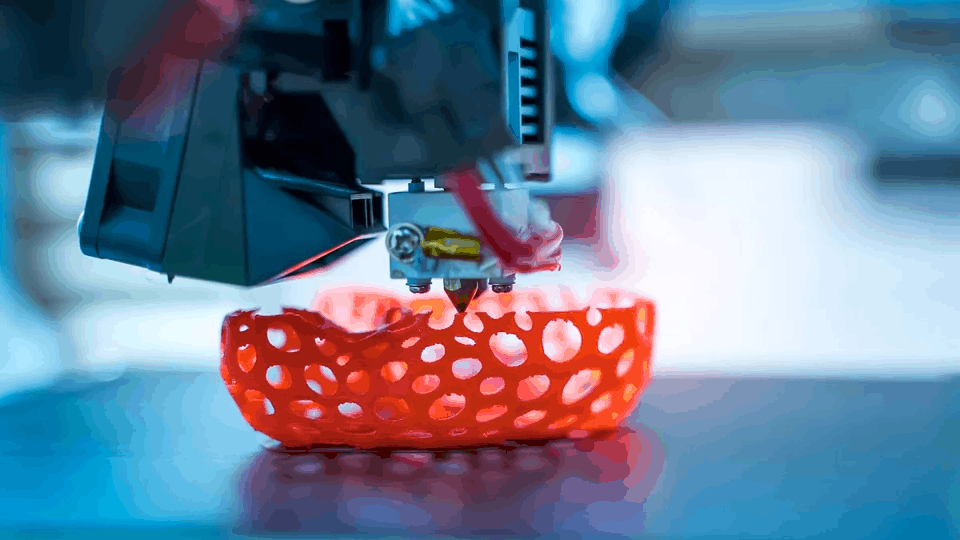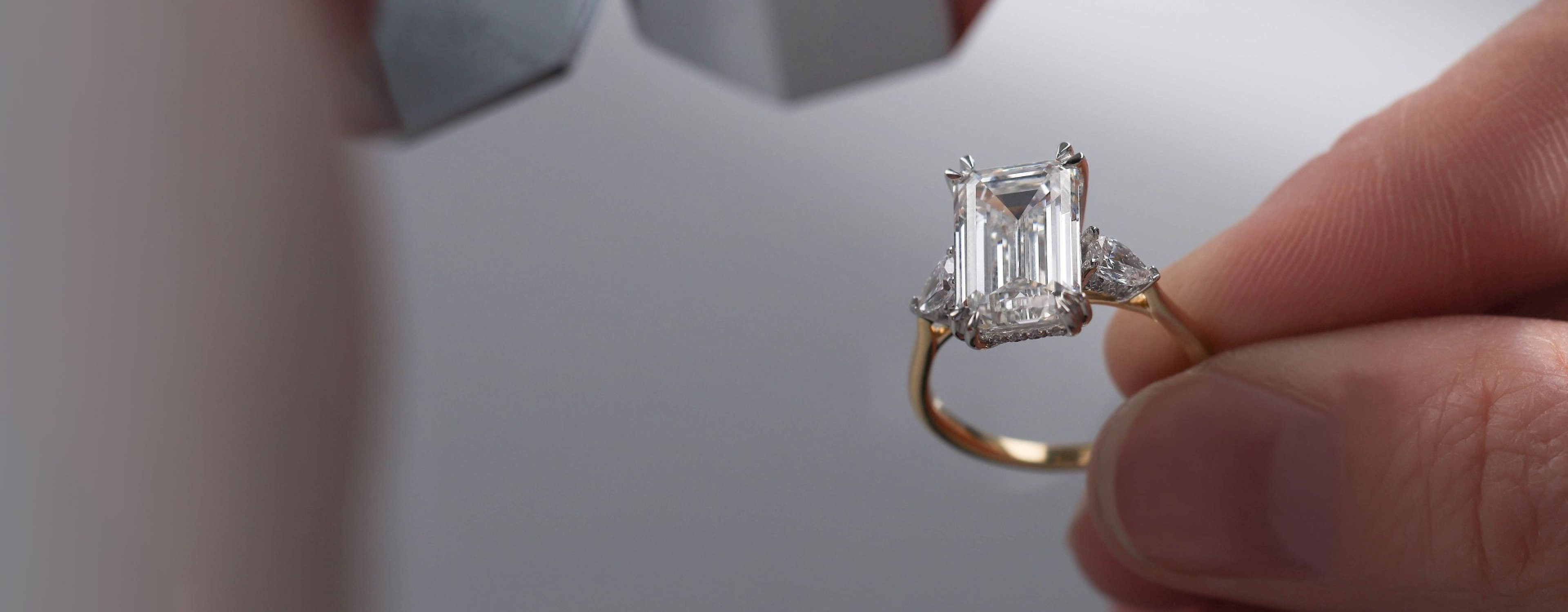Pop-up stores have become a go-to strategy for brands looking to create buzz, engage customers, and test new markets. These temporary retail spaces are all about delivering unique experiences that leave lasting impressions. But a successful pop-up store doesn’t happen by chance—it requires careful planning and thoughtful design.
If you’re considering launching a pop-up store, here’s a step-by-step guide to help you plan and design one that stands out, attracts customers, and achieves your goals.
1. Define Your Objectives
Before you start planning, be clear about why you’re launching a pop-up store. Your objectives will shape every aspect of the project. Common goals for pop-up stores include:
- Testing a new product or market
- Building brand awareness
- Creating buzz around a special event or collaboration
- Driving sales and customer engagement
Having a well-defined purpose will help you make strategic decisions throughout the process.
2. Choose the Right Location
Location is critical to the success of your pop-up store. Look for high-traffic areas that align with your target audience. Options include shopping malls, downtown districts, or even spaces within other retail stores. The location should be convenient, visible, and in line with your brand image.
Consider the duration of your pop-up and the demographics of the area. A prime spot for a week-long activation might differ from one for a three-month run.
3. Plan Your Budget
Establishing a realistic budget is essential. Include costs for:
- Renting the space
- Designing and building the store
- Marketing and promotions
- Staff wages
- Utilities and permits
Planning your budget early ensures you can allocate resources effectively and avoid unexpected expenses.
4. Design an Engaging Layout
The design of your pop-up store is what draws people in and keeps them engaged. Focus on creating a layout that:
- Highlights your key products or services
- Facilitates easy navigation
- Encourages interaction and exploration
Use eye-catching visuals, well-placed lighting, and creative props to make the space inviting. Keep the design consistent with your brand identity to reinforce your message.
5. Incorporate Technology
Integrating technology into your pop-up store can enhance the customer experience. Consider using:
- Digital screens to showcase product features or videos
- QR codes to provide additional information or direct customers to your website
- Augmented reality (AR) or virtual reality (VR) for an immersive experience
Technology not only engages visitors but also helps you collect data for future marketing efforts.
6. Offer an Interactive Experience
The best pop-up stores are more than just retail spaces—they’re destinations. Include interactive elements like:
- Product demonstrations
- Workshops or live events
- Photo-worthy setups to encourage social media sharing
These experiences create a sense of excitement and make your store memorable.
7. Promote Your Pop-Up
Even the most well-designed pop-up store won’t succeed without effective promotion. Build anticipation through:
- Social media campaigns and teaser posts
- Influencer partnerships
- Email marketing to your existing customer base
- Local advertising and press releases
Highlight the limited-time nature of the store to create urgency and draw in more visitors.
8. Train Your Staff
Your staff plays a crucial role in delivering a positive customer experience. Ensure they are knowledgeable about your products and brand, and train them to engage with visitors in a friendly, professional manner. Having passionate, approachable staff can leave a lasting impression on your customers.
9. Measure Success
Once your pop-up store is up and running, track its performance. Use tools like foot traffic counters, sales data, and customer feedback to evaluate its success. These insights will help you refine your strategy for future pop-ups or permanent stores.
10. Think Sustainability
Incorporate eco-friendly materials and practices in your pop-up store design. This not only reduces waste but also appeals to environmentally conscious consumers. Reusable displays, energy-efficient lighting, and recyclable materials are great places to start.
Final Thoughts
Planning and designing a successful pop-up store takes a mix of creativity, strategy, and attention to detail. From selecting the right location to crafting an engaging layout and promoting your store effectively, each step plays a vital role in achieving your goals.
For expert assistance in creating innovative and impactful pop-up stores, trust Signworks and 3dworksme to bring your vision to life with precision and creativity.




+ There are no comments
Add yours